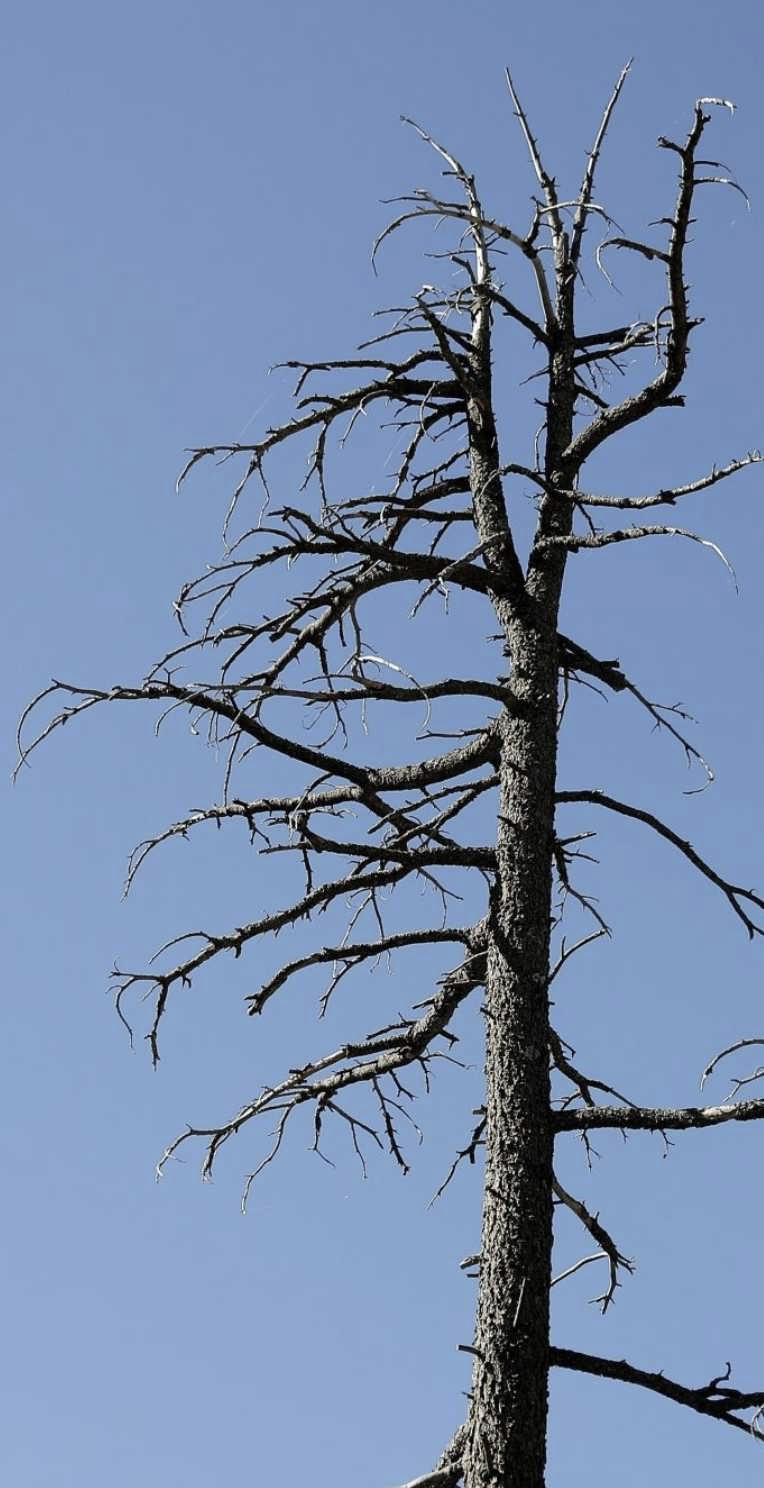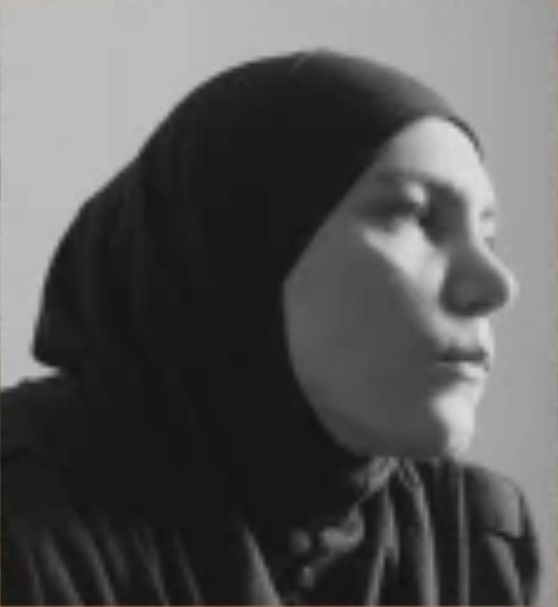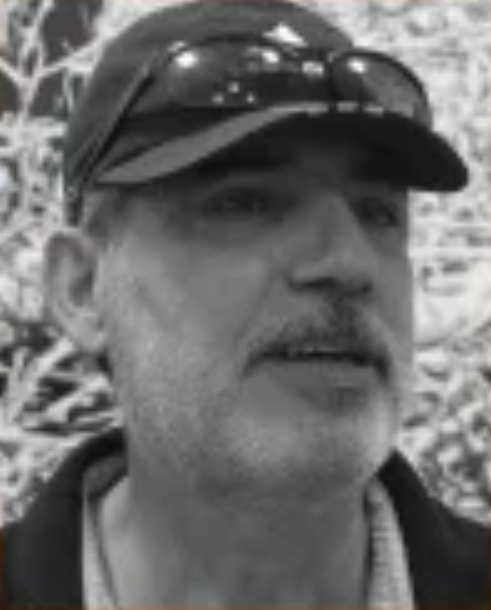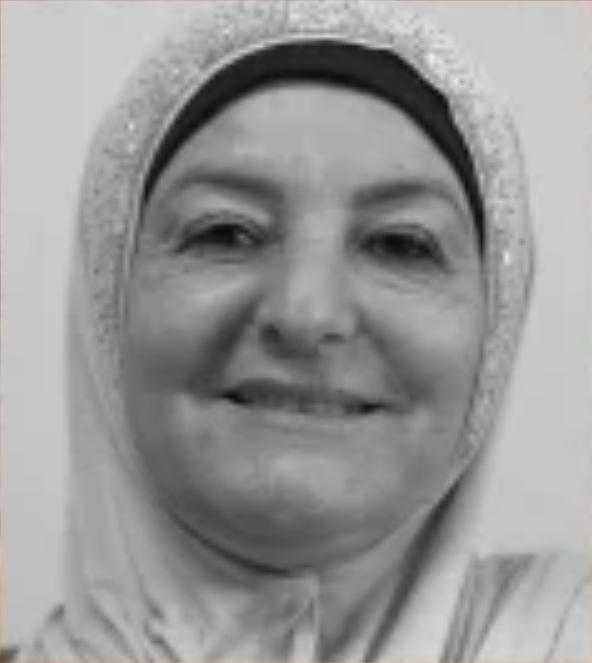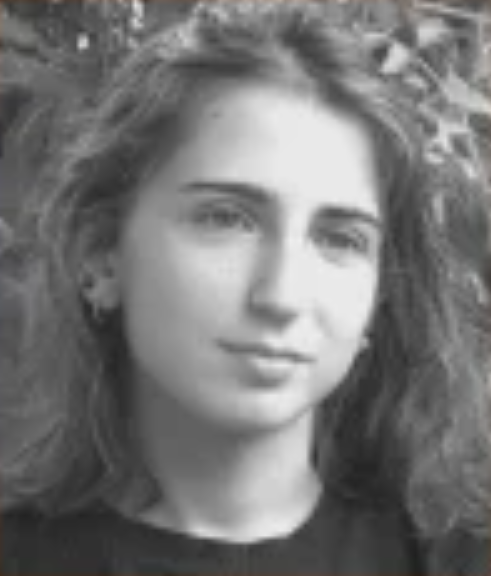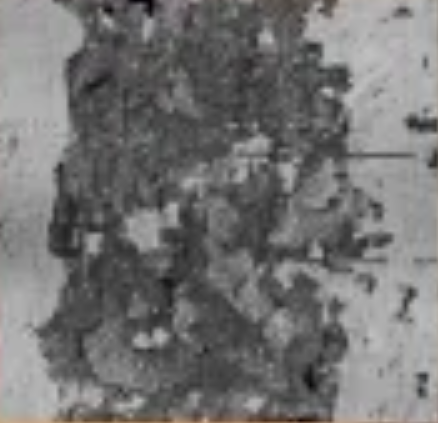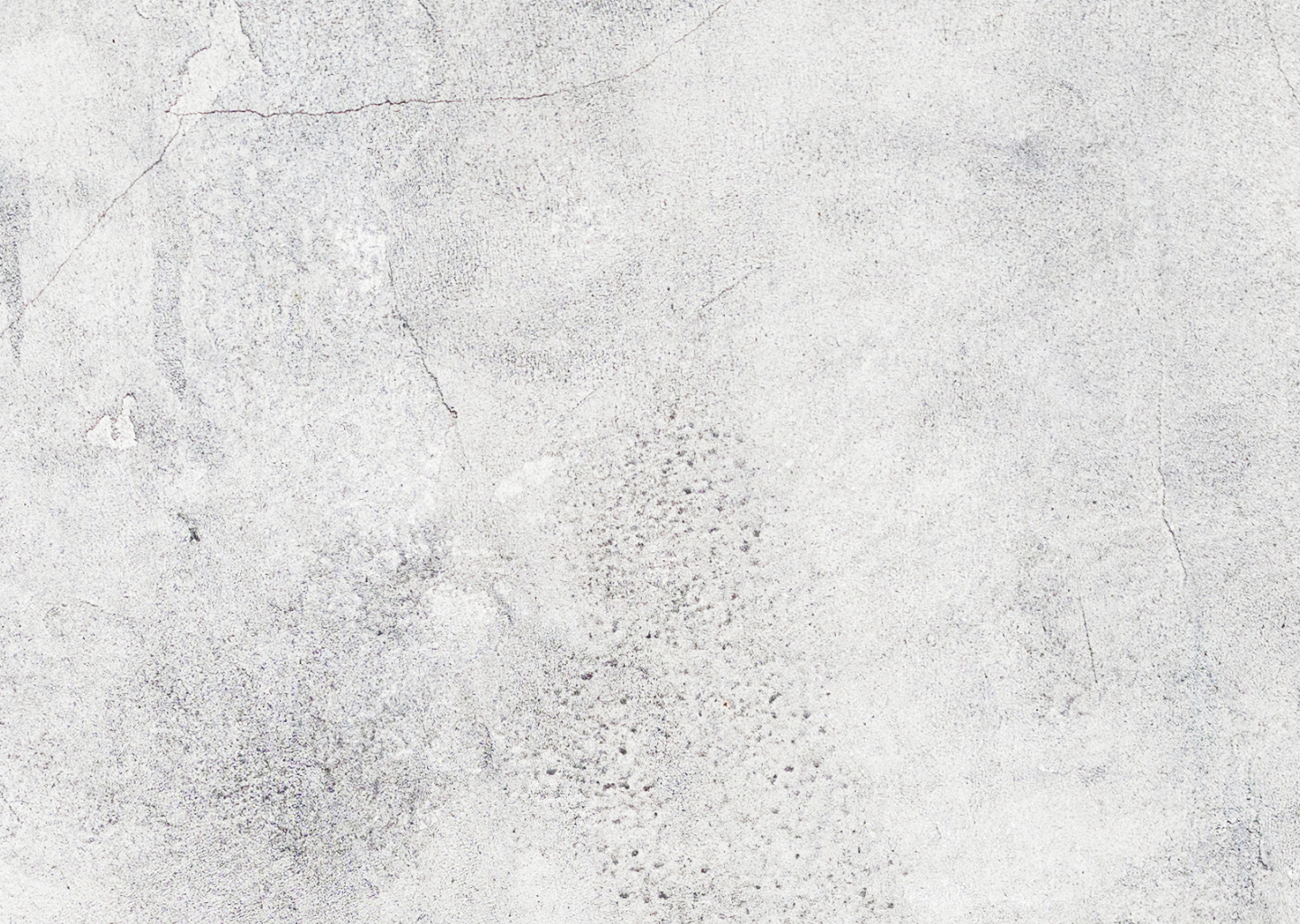
Guayaquil is a port city characterized by the settlement and movement of a large number of diverse communities and ethnicities, both from within Ecuador and beyond. Among foreign migrations, one that stands out the most is undoubtedly the Arab-Lebanese migration. Since the late 19th century, there have been several waves of Lebanese migration, driven by war, famine, and the desire to improve their economic situation.
Starting in the 1990s, a new wave of migration began settling in the city of Guayaquil, primarily on Guayacanes Street in the Urdesa neighborhood, colloquially known as the “Gaza Strip,” where small family units have established businesses specializing in fast Arab cuisine, known as “Shawarmas.”

This group, mostly of Muslim religion (Shiites and Sunnis), unlike the migrations that preceded them, which were mostly Christian (Catholic-Maronites), has undergone a more complex process of adaptation and integration, not only due to the religious component but also because of the difficulty in achieving economic stability and dealing with a burden of rejection that comes not only from the local Ecuadorian community but also from within the Lebanese community itself, particularly from the Lebanese-Christian economic elite, descendants of the first generations that arrived.
This is not the case for the group referred to in this introduction to the scenic project, who, with great difficulty, have built their territorial, economic, cultural, emotional, and symbolic space in the city. Their affective dialogue is clouded and strained by the dominant lines of power.

Guayacanes Street, besides having become a hub for small businesses run by family groups made up of cousins, siblings, in-laws, etc., is also a space of great movement among various nationalities. Although there are Latin Americans such as Colombians, Argentinians, or more recently Venezuelans, the majority of people come from Yemen, Syria, Palestine, Jordan, Iraq, and Lebanon. And they continue to arrive—some stay, others move on.
Their presence, that of their children, and their children’s children, gradually inhabit the street, reinventing a new history and new possibilities for dialogue in that space, transforming it. It is undeniable that the street’s architecture and aesthetics have been transformed through the signs and symbols they bring. The city has gradually adopted and adapted to these new influences. The difficulties of communication are also evident, as is the way we either distance ourselves from or engage with a phenomenon that continues to grow but, nonetheless, is often ignored.

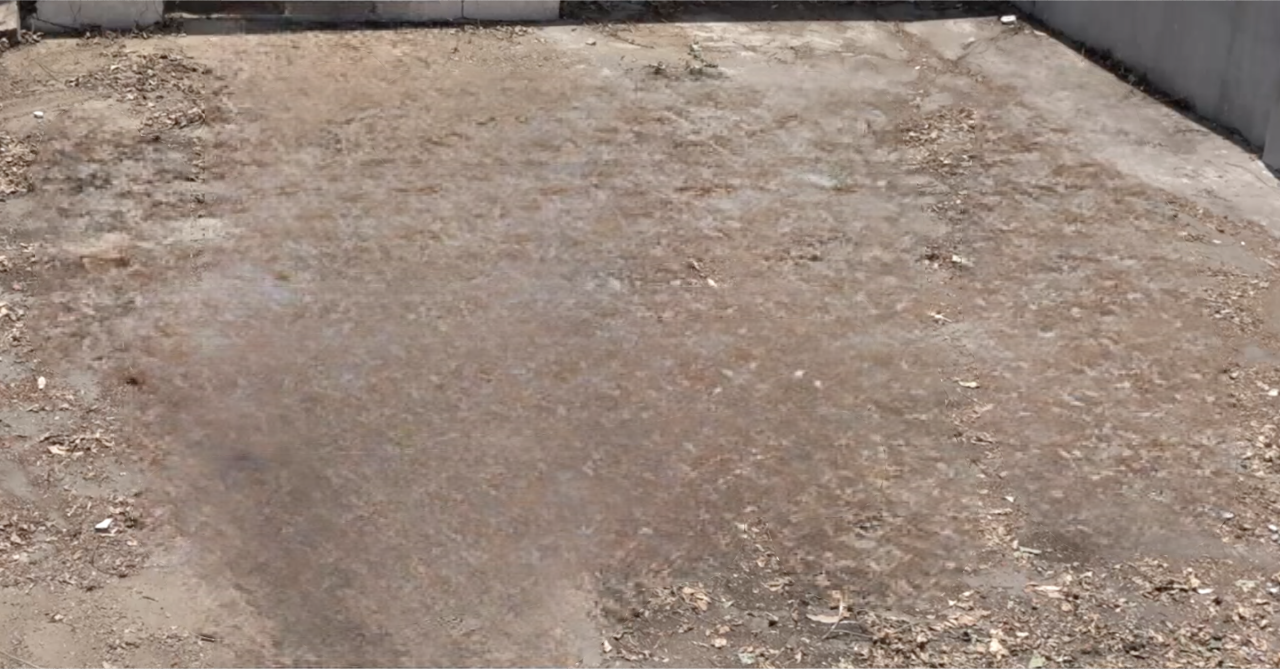
![sshot-2025-01-31-[10-31-38]](https://proyectohomes.com/main/wp-content/uploads/sshot-2025-01-31-10-31-38.png)
